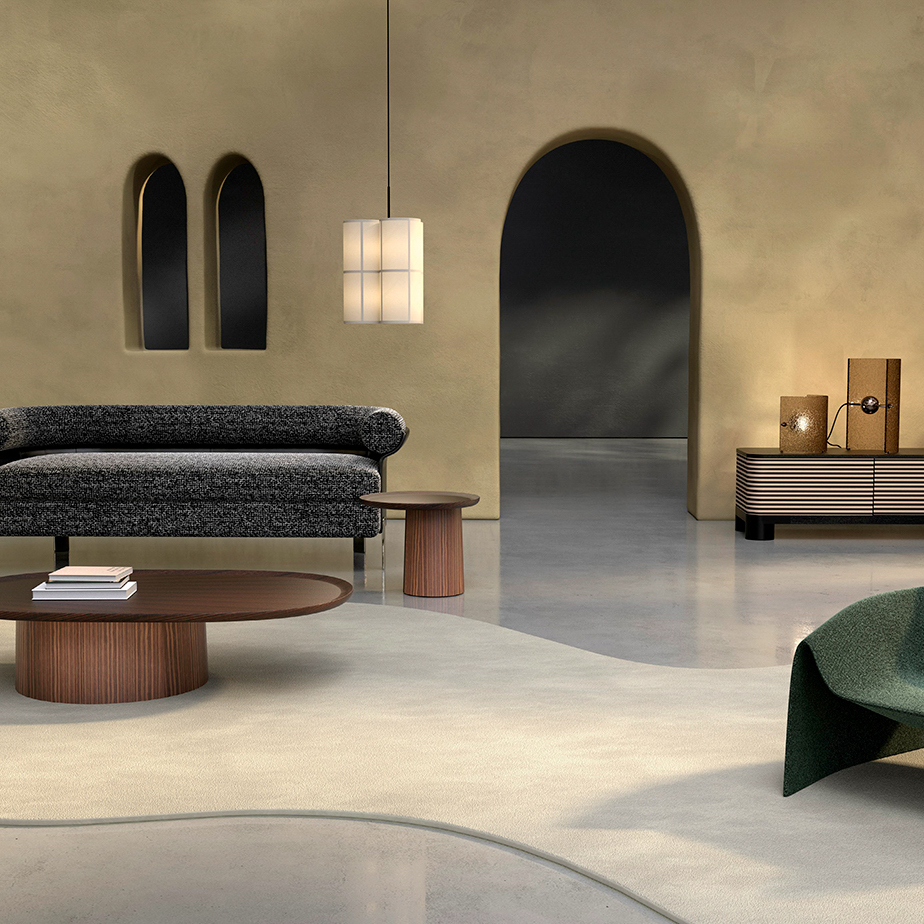The world of lighting design has evolved greatly in recent years with advancements in technology and sustainable practices. Futuristic illumination, also known as modern lighting, has revolutionized the way we light our homes, offices, and public spaces. This article will explore the different components of futuristic lighting, its uses, and how it is shaping the future of lighting design.
The Components of Futuristic Lighting
The components of futuristic lighting include LED lights, smart lighting, and OLED lighting.
LED Lights
LED (Light Emitting Diode) lights are the most widely used lighting technology in the world today. They are popular for their energy efficiency, long lifespan, and low maintenance cost. LED lights come in a variety of colors, shapes, and sizes and are used for both indoor and outdoor lighting applications. LED technology has improved rapidly in recent years, allowing for brighter and more vivid color displays.
Smart Lighting
Smart lighting refers to lighting that can be controlled remotely using a smartphone or tablet. This allows users to turn lights on or off, adjust brightness and color temperature, and create schedules and scenes from anywhere. Smart lighting is commonly used in homes and offices to save energy and increase convenience.
OLED Lighting
OLED (Organic Light Emitting Diode) lighting is a relatively new technology in the field of lighting design. Unlike LED lights, which emit light from a semiconductor, OLED lights emit light from a thin layer of organic material. OLED lighting is characterized by its thin and flexible design, as well as its ability to produce high-quality light. OLED technology is still in its infancy, but it has the potential to revolutionize the way we light spaces.
Uses of Futuristic Lighting
Futuristic lighting is used in a wide range of applications, from homes and offices to public spaces and entertainment venues.
Residential Lighting
Futuristic lighting is popular in residential settings due to its energy efficiency and customizable features. LED lights can be used to create a variety of moods and atmospheres, while smart lighting can be programmed to turn on or off at specific times. OLED lighting is still relatively expensive, but it is being used in high-end homes and luxury apartments.
Commercial Lighting
Commercial buildings like offices, retail spaces, and restaurants use futuristic lighting to enhance the customer experience, improve energy efficiency, and reduce maintenance costs. LED lights are commonly used in office buildings for their brightness and long lifespan, while smart lighting can be used to adjust lighting conditions to match employee preferences.
Public Space Lighting
Public spaces like parks, streetscapes, and buildings use futuristic lighting to increase safety, provide wayfinding, and create a unique sense of place. LED lights are commonly used in parks and public plazas for their energy efficiency and long lifespan, while OLED lighting can be used to create visually striking displays on buildings and structures.
The Future of Lighting Design
Futuristic lighting is rapidly changing the world of lighting design, and the future looks bright. OLED technology is expected to become more affordable and commonplace, making it possible for more architects and lighting designers to incorporate it into their projects. The internet of things (IoT) is also expected to play a big role in the future of lighting design, allowing for greater automation and customization of lighting systems.
